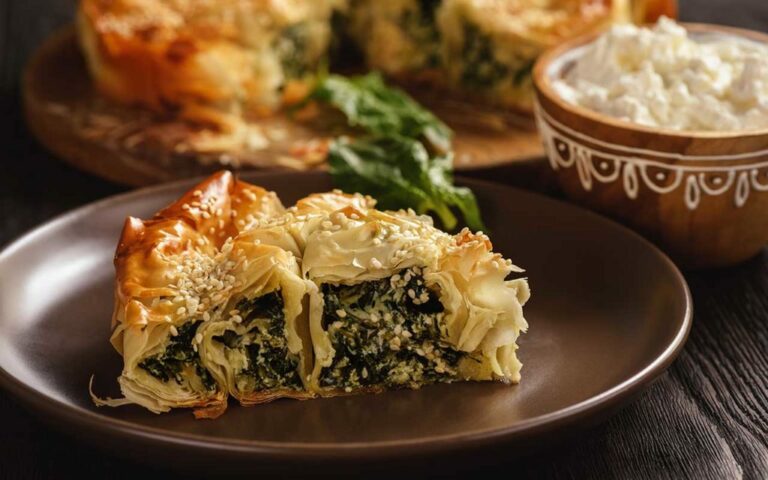Introduction: Rakija, the quintessential Serbian spirit
Rakija has been a staple of Serbian culinary culture for centuries, and is considered the quintessential Serbian spirit. It is a traditional alcoholic beverage made from fermented fruit, and is often served as a welcome drink to guests in Serbian households. The drink is known for its strong aroma and unique taste, which varies depending on the type of fruit used in its production.
A brief history of rakija in Serbian culinary culture
The history of rakija in Serbian culinary culture dates back to the 14th century, when the Ottomans introduced distillation technology to the Balkans. The drink has since become an integral part of Serbian hospitality and customs, and is often served in small glasses called čaša, accompanied by meze (appetizers) such as cheese, cured meats, and pickles. Rakija is also an important element of Serbian celebrations and rituals, such as weddings, funerals, and religious holidays.
The different types of rakija and their production methods
There are many types of rakija produced in Serbia, each with its own unique flavor and aroma. Some of the most popular fruits used for rakija production include plum, apricot, cherry, pear, and quince. The process of making rakija involves fermenting the fruit, then distilling the resulting mash to produce a clear, high-alcohol liquor. The final product is usually aged in oak barrels for several months to enhance its flavor and aroma.
Rakija and social customs: its role in Serbian hospitality
Rakija plays a vital role in Serbian hospitality, and is often served to guests as a sign of respect and friendship. It is customary for the host to offer the first shot of rakija to their guest, who is expected to drink it in one gulp as a sign of appreciation. It is also common for guests to bring a bottle of rakija as a gift when visiting Serbian households, as a way of showing appreciation for the host’s hospitality.
Rakija as a symbol of national identity and heritage
Rakija is more than just a drink in Serbian culture – it is a symbol of national identity and heritage. The tradition of rakija-making has been passed down from generation to generation, and is an important part of Serbian folklore and customs. Many families have their own recipes for rakija, which are often guarded as family secrets and passed down from parents to children.
The future of rakija in Serbian culinary culture: innovation and preservation
While rakija remains an important part of Serbian culinary culture, the future of the tradition is uncertain. Some producers are experimenting with new flavors and production methods to attract younger generations, while others are working to preserve the traditional methods and flavors of rakija-making. Regardless of what the future holds, rakija will always be an integral part of Serbian culture and hospitality.

